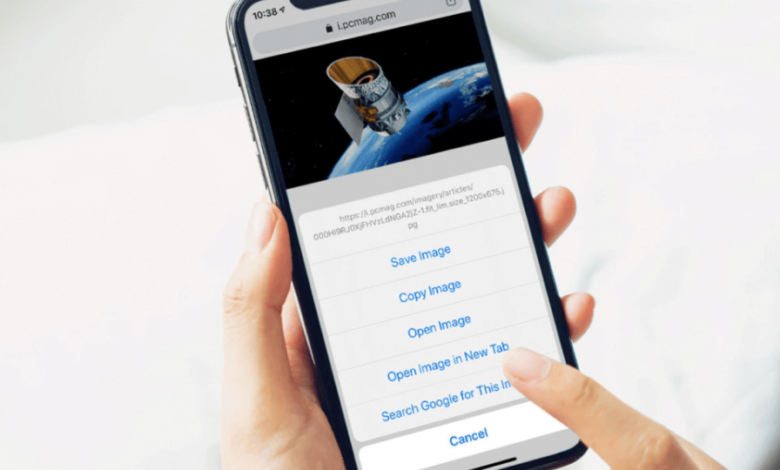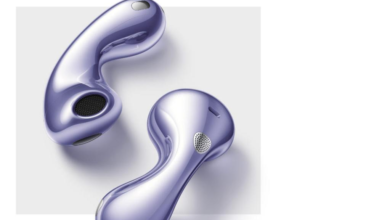Unveiling Origins: The Power of Free Reverse Image Search

In the huge and always-growing digital world, businesses, marketers, and researchers all need to curate content. There is so much visual information online that it is almost hard to go through photographs by hand to identify stuff that is relevant, high-quality, and ethically supplied. Advanced picture analysis, which is commonly powered by technologies like Free Reverse Image Search api, is the exact solution to this problem. Organisations may greatly speed up their curation work by automating the process of analysing, organising, and checking visual content. This leads to more efficient workflows and better results.
The Challenge of Manual Curation
When it comes to graphic assets, traditional content curation takes a lot of effort and is easy to mess up. Curators have to look for photographs by hand, make sure they are real, check for copyright violations, and see if they are relevant to certain topics. This time-consuming process not only uses up expensive resources, but it also slows down and limits the amount of content that can be gathered and released. Also, without advanced tools, it’s simple to miss important elements in a picture or to utilise information that is wrong or misleading, which could hurt your reputation or get you in trouble with the law.
How Advanced Image Analysis Transforms Curation
Advanced image analysis uses AI and machine learning to “read” and understand visual content in ways that are hard for people to do on a large scale. These technologies can automatically find things, persons, scenes, colours, and even feelings in a picture. This feature makes it easy to find and manage large libraries of images by allowing for very fine categorisation and tagging. For example, an AI may quickly find all photos that show “city skylines at sunset” or “people interacting with a specific product,” which speeds up the curation process by a huge amount compared to tagging thousands of photos by hand.
Advanced analysis can do more than just identify things. It can also do sentiment analysis on photographs to see if they make you feel good, bad, or neutral. This is quite useful for marketers that want to create content that fits with a certain brand message or emotional impact aim. The ability to automatically select photographs based on such subtle criteria makes sure that curated content is not only relevant but also emotionally resonant with the intended audience.
See also: How Technology Is Making Gold Loans Safer, Faster, and More Accessible Online
Enhancing Authenticity and Compliance
When it comes to authenticity and compliance, advanced image analysis has made one of the biggest contributions to content curation. Image analysis tools can find changes, spot deepfakes, and indicate content that looks like it has been changed or is out of context. This is very important for keeping your credibility and stopping the spread of false information. These tools can also help find copyright holders, keep track of how photos are used on the web, and make sure that all curated content follows license agreements and intellectual property rights by comparing photographs with huge databases. This automated compliance testing lowers the chance of legal problems by a lot and makes sure that content is created in an ethical way.
Streamlining Workflow and Maximizing Efficiency
By automating the tedious parts of finding, sorting, and verifying visual content, advanced picture analysis makes the whole content curation process much faster. Curators can spend less time looking things up by hand and more time making strategic decisions, telling stories in new ways, and getting others involved. Businesses can respond to trends faster, keep a steady flow of material, and ultimately tell more timely and powerful visual stories because they can find and prepare relevant and validated content so rapidly. This efficiency leads to lower costs and a stronger competitive edge.
In conclusion, the use of advanced picture analysis, which is often based on tools like Free Reverse picture Search, is changing the way material is curated. These technologies give organisations and people the power to overcome the problems of manual processing, improve the quality and authenticity of their curated materials, and greatly increase their operational efficiency by giving them automatic insights into visual content. If you want to do well in the visually driven digital world, you have to use these technologies. It’s no longer a choice.




